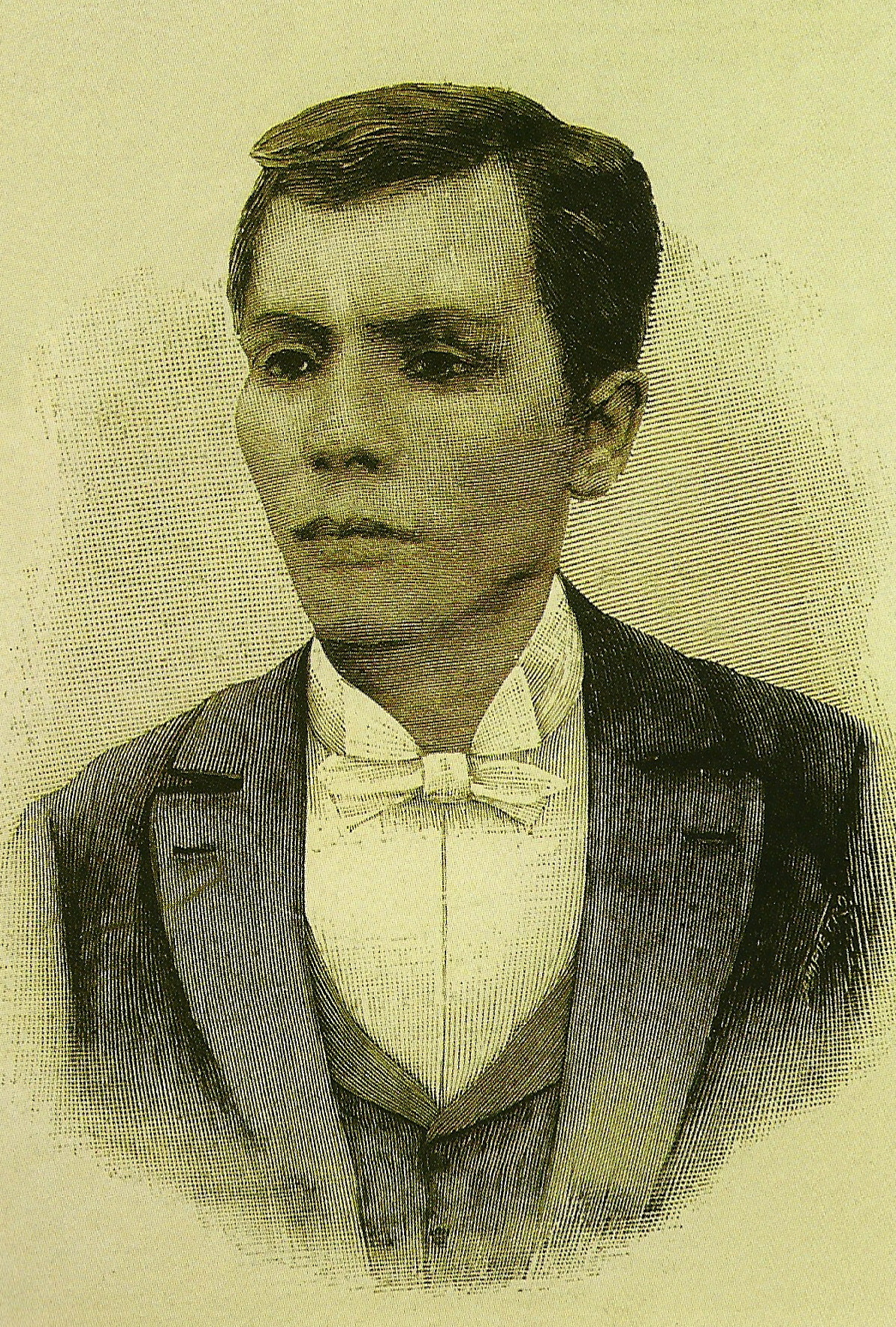Richardson, Jim. "Roster of Katipuneros at Balintawak, August 1896." 2005.
Amidst all the debate about precisely when and where the revolution started, historians have often neglected to ask exactly who gathered in Balintawak or thereabouts in August 1896. In the absence of a complete roster – clearly an impossibility at this distance in time – the fullest listing is to be found in an interview given by the KKK veteran Guillermo Masangkay to the Manila newspaper Bagong Buhay in 1952.1 In this interview, Masangkay recalled the names of 56 men who had met in Balintawak prior to the first encounters with Spanish forces. In the great majority of cases, he also recalled their occupations, and it is fascinating to note that nearly half the patriots on his list worked in some capacity or other for branches of the Spanish administration. The three 'government secret agents', it is presumed, had in the preceding months been supplying useful information to the Katipunan and misinformation to the Spaniards.
Read more »Amidst all the debate about precisely when and where the revolution started, historians have often neglected to ask exactly who gathered in Balintawak or thereabouts in August 1896. In the absence of a complete roster – clearly an impossibility at this distance in time – the fullest listing is to be found in an interview given by the KKK veteran Guillermo Masangkay to the Manila newspaper Bagong Buhay in 1952.1 In this interview, Masangkay recalled the names of 56 men who had met in Balintawak prior to the first encounters with Spanish forces. In the great majority of cases, he also recalled their occupations, and it is fascinating to note that nearly half the patriots on his list worked in some capacity or other for branches of the Spanish administration. The three 'government secret agents', it is presumed, had in the preceding months been supplying useful information to the Katipunan and misinformation to the Spaniards.

